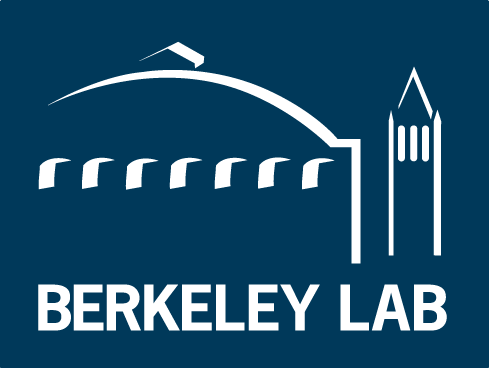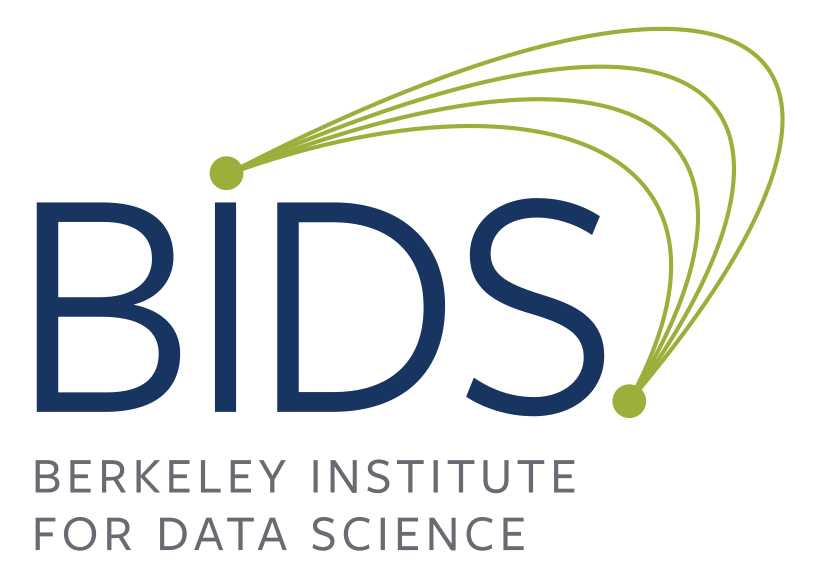Book Review: Expert Python Programming by Tarek Ziadé¶
Update: I’ve slightly modified the language of this review, which as my wife correctly pointed out to me, was unnecessarily harsh. While I stand by my previous evaluation of the book, I think the same things can be said in a more constructive tone.
Disclosure: In December of 2008 I was contacted by Packt publishing concerning a review of their new book Expert Python Programming, by Tarek Ziadé. What follows is my review of the book based on a copy provided by the publisher, but for which no compensation of any kind was given.
Note that I will not do a chapter-by-chapter listing of the book’s contents here, since that is readily available both from the book’s site and from reviews such as the one by Ian Oszvald and that by James Stockford. Instead, I will try to provide my impressions on the strengths and weaknesses of the book.
Summary¶
Expert Python Programming covers a list of very interesting topics regarding real-world development using Python. It assumes a reader who already knows the basics of the language and covers a number of important topics, both in the more advanced parts of the language and in terms of developing applications using Python. There is a strong emphasis on agile development practices, testing, documentation, application life cycle management and other aspects of ‘real world’ work. The list of topics covered is excellent, and the book is well printed and bound.
However, unfortunately it suffers from rather poor editing throughout, with a broken idea flow that makes for choppy reading. Very few ideas are properly developed, as the book relies excessively on code snippets, bullet lists and stand-out info boxes. Ultimately, this gives it more the feel of a set of notes than that of a coherent volume.
This should not be read as an indictment of the book: the table of contents alone is a list of ‘right things to do’ when using Python, and there is a great deal of useful material in all of the chapters. If you are looking for reference material, links and starting points for further reading, Expert Python Programming can be an excellent resource and well worth your investment. However, if you are searching for a text that develops complex concepts at length, delving into details and subtleties, it might not be the ideal tool for you. I hope this provides a useful picture of the qualities of this book.
Full review¶
After reading its table of contents I became very interested in the book, as it covers a number of important topics for real-world software development. The book is not a basic Python tutorial but instead aimed at developers who already know the language syntax and are interested both in using some of the language’s more advanced features, and in adopting better practices in Python. The book could be seen as “non-beginner-python + agile development practices using Python tools” (I use the term non-beginner rather than expert because more advanced aspects of the language, such as signature- and introspection-preserving decorators, or sophisticated metaclass uses, are not really covered at the expert level). The book discusses topics beyond the basic syntax (naming, class design, good APIs), application design strategies, and topics that go outside of the language proper: testing, documentation, automated build systems, multiprocessing, optimization and profiling, and more.
With this kind of topic list, the book appears as an excellent mix for doing modern, sustainable software development using tools from the Python ecosystem (for all of the covered topics, links are provided to tools that implement them or provide the necessary support). I have to admit, however, that I ended up disappointed with the actual content. I hope that these comments will serve as constructive criticism for a possible second edition, because I really think that this is a draft for a great book, just not a very good one yet.
The book simply feels too much like a collection of notes, links and snippets about all of its topics, and very few ideas are developed at enough length to provide genuine insight and understanding. Almost every single page of the book is a mishmash of code snippets, bullet lists and stand-out boxes, which makes for difficult reading. I realize that this is the age of twitter and the 10-second attention span, but for an ‘expert’ book I expected more exposition of ideas with a sustained train of thought [1]. As an exercise, I flipped through every single page of the book, and I counted a total of four pages (210, 254, 255 and 331 for the curious) that were made up of full text unbroken by either a bullet list, a snippet of code or a standout box. I realize that code examples are actually critical to a programming book, and the occasional list, summary or highlight is useful. But in this case there is just too much of it and almost no serious development of the kind of complex topics that one would expect from an expert level book. Python is a language that, despite its amazing clarity and simplicity, enables sophisticated programming approaches and does have subtle corners. This book unfortunately does not do justice to such topics.
Additionally, the book is not helped by an overall sense of poor editing, with
a fair amount of grammatical errors. I realize that the author’s first language
may not be English, but there should have been a much stronger editorial
support provided to assist him with the writing. There are also,
unfortunately, technical errors. For example on p. 55 a decorator called
synchronized is defined but below, the name @locker is used while no
function locker was defined. While this minor error can be easily spotted
by a reader, it suggests that the code snippets in the book were never actually
automatically run as part of a proper test suite that would ensure that the
printed code really executes without errors.
I think that the book suffered from overall insufficient editing, because it really feels like a fantastic draft with all the right topics, ideas and tools, that didn’t quite develop into the book it could be and was put to press without being fully in shape yet. I really hope that the author and publisher consider this to be constructive criticism and revisit the book with a careful eye for a solid second edition. The topics covered are well chosen and there is a genuine need for a book like this one. Given that Python continues to grow in a very healthy way as a programming language, I’m sure there will be demand for such a book in the future.
| [1] | I have in mind here books such as Alex Martelli’s Python in a nutshell or Python Cookbook, when I speak of a proper exposition of ideas with enough text for the reader to feel that something has been genuinely learned. |


